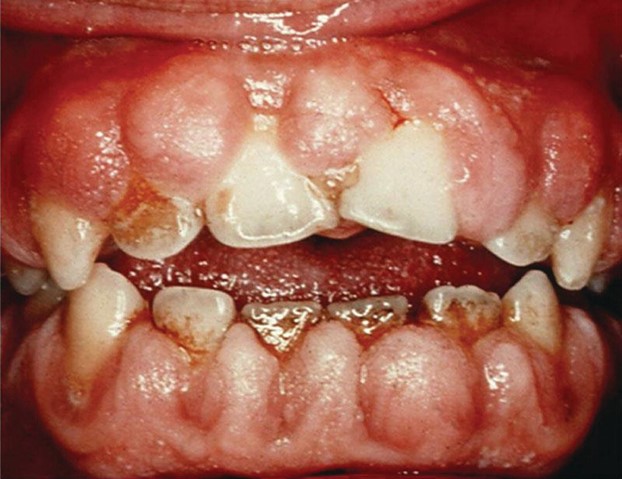A nurse is caring for a client who has chronic kidney disease. The nurse should expect the client to have which of the following clinical manifestations?
Fruity smelling breath.
Painful urination.
Hypotension.
Lethargy.
The Correct Answer is D
Choice A rationale:
Fruity-smelling breath is associated with diabetic ketoacidosis (DKA), which is not the expected manifestation of chronic kidney disease (CKD). DKA occurs in uncontrolled diabetes and is not the priority for this client.
Choice B rationale:
Painful urination is not a typical clinical manifestation of chronic kidney disease. It is more commonly associated with urinary tract infections or other urological issues.
Choice C rationale:
Hypotension may occur in end-stage kidney disease, but it is not specific to chronic kidney disease and is not a priority in this scenario.
Choice D rationale:
Lethargy is a common clinical manifestation of chronic kidney disease due to the accumulation of waste products in the blood, leading to uremia. It is a priority as it indicates the progression of the disease and the need for close monitoring and intervention.
Nursing Test Bank
Naxlex Comprehensive Predictor Exams
Related Questions
Correct Answer is C
Explanation
Choice A rationale:
Taking colesevelam on an empty stomach is not necessary. This medication can be taken with food to reduce gastrointestinal side effects.
Choice B rationale:
Increasing fiber in the diet is generally beneficial for bowel health, but it is not specific to the use of colesevelam powder for oral suspension.
Choice C rationale:
This is the correct answer because if the oral suspension of colesevelam is cloudy after mixing, it indicates that the medication may have degraded or is not suitable for consumption. Discarding the cloudy suspension ensures that the client receives the appropriate dose and effectiveness of the medication.
Choice D rationale:
Avoiding grapefruit juice is important for some medications, but it is not relevant to colesevelam. Grapefruit juice can interfere with the metabolism of certain drugs, but it does not have a significant effect on colesevelam.
Correct Answer is A
Explanation
Choice A rationale:

Tender, bleeding gums could be a sign of phenytoin-induced gingival hyperplasia, a serious adverse effect of phenytoin. This condition requires immediate medical attention to prevent further complications.
Choice B rationale:
Increased facial hair is not a common adverse effect of phenytoin and may not require immediate medical attention. It could be due to other factors or conditions.
Choice C rationale:
Constipation is a common side effect of many medications, including phenytoin. While it should be monitored, it does not require immediate reporting to the provider unless severe or persistent.
Choice D rationale:
A skin rash can be an adverse effect of phenytoin, but it does not necessarily require immediate reporting unless it is severe, accompanied by other symptoms, or indicative of a serious allergic reaction.
Whether you are a student looking to ace your exams or a practicing nurse seeking to enhance your expertise , our nursing education contents will empower you with the confidence and competence to make a difference in the lives of patients and become a respected leader in the healthcare field.
Visit Naxlex, invest in your future and unlock endless possibilities with our unparalleled nursing education contents today
Report Wrong Answer on the Current Question
Do you disagree with the answer? If yes, what is your expected answer? Explain.
Kindly be descriptive with the issue you are facing.
